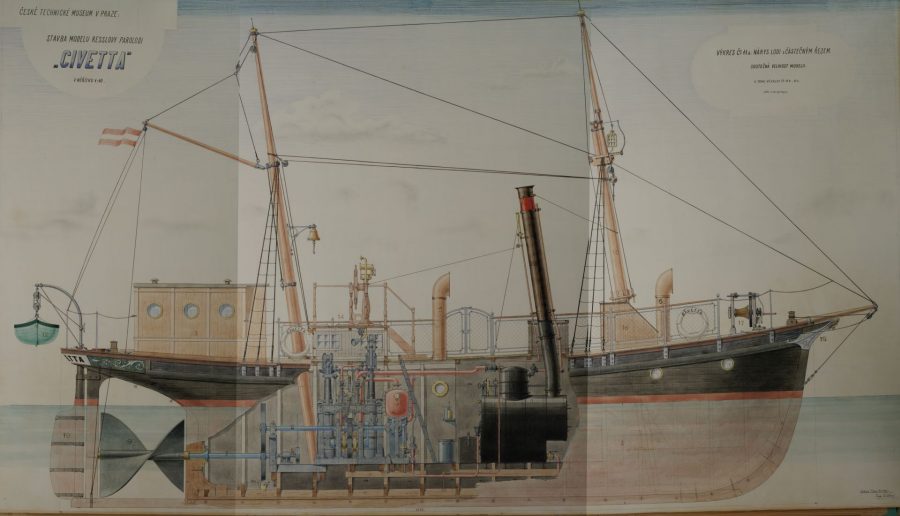Propeller


Josef Ressel (1793 – 1857) came from a Czech-German family from a small town in Eastern Bohemia. He graduated from both a grammar school and an artillery school in České Budějovice and Forestry Academy in Vienna – Mariabrunn. He also attended lectures at the University of Vienna. He started as a forester in the region of Kranjska (Slovenia), where he spent the rest of his life in the woods around Trieste, Ljubljana and later in Istria, on the island of Krk (Croatia) and other places.



His work led him in a completely different direction, so Ressel kept inventing only as a hobby in his free time. According to some sources Ressel had already considered using Archimede’s propulsion bolt during his studies at the University of Vienna, though there is no evidence to confirm this. The demonstrable fact is that his ship bolt was patented at the end of 1826.
The new invention, which created the power to move the boat, did not go well with the owners of paddle steamers and a practical trial run ended up a fiasco – not because of the propeller, but thanks to steam engine failure. Thus Ressler did not witness the mass expansion of his propeller. In addition, he had to go through copyright disputes. Eventually his authorship was confirmed.

A model of Ressl's steamboat "Civetta. His propeller was used to drive it in 1829 for the first time in history; NTM

R

Ressel was truly a versatile and well-educated man. This can also be documented by a number of unpatented inventions such as the design of stage theater mechanics, the method of obtaining kitchen salt by evaporation, various types of single-purpose steam machines, a portable army field optical telegraph, a chemical means for long-term preservation of wood for shipbuilding, a liquid compass and more.